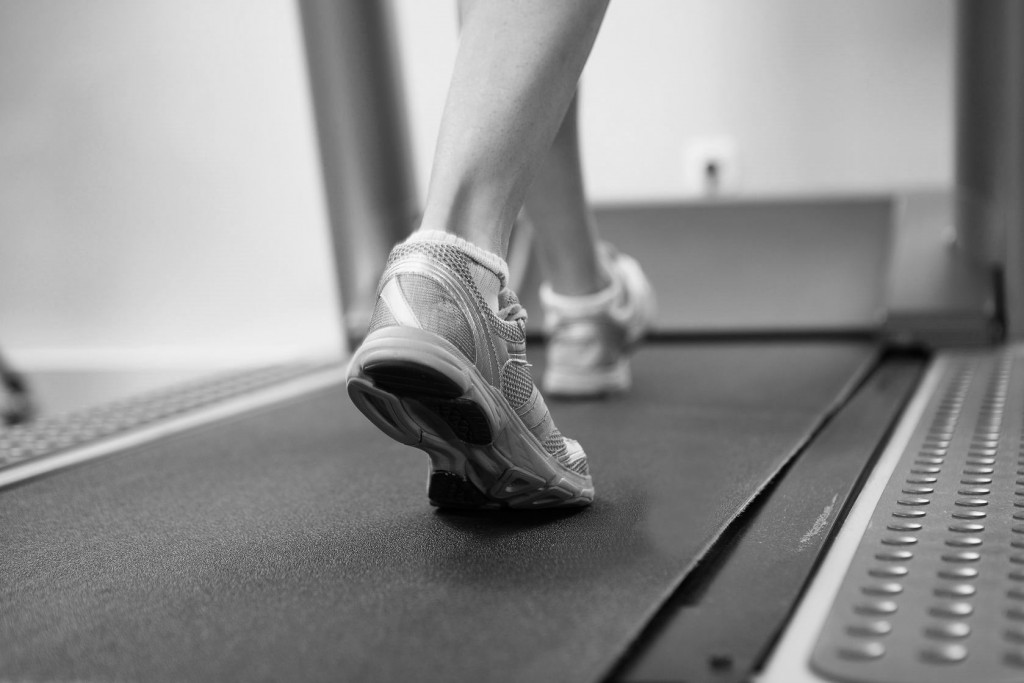50% of Australians had at least 1 of 8 chronic diseases in 2014 – 2015
84% of burden of overweight and obesity is experienced between ages 45 – 84
Metabolic syndrome
Impaired fasting glucose, insulin resistance, type 2 diabetes, hyperlipidaemia, hypercholesterolaemia.
The problem
Metabolic syndrome is an umbrella term that refers to a collection of conditions or disorders that increase your risk of developing type 2 diabetes and/or cardiovascular disease. It is sometimes referred to as ‘syndrome-X’ or insulin-resistance syndrome.
The criteria for metabolic syndrome is having three or more of:
- Abdominal obesity
- Increased blood pressure (hypertension)
- Increased blood triglycerides
- Low levels of high density lipoproteins (HDL) (‘good’ cholesterol)
- Impaired fasting glucose (IFG) or diabetes. IFG occurs when blood glucose levels are higher than normal, but not high enough to be diagnosed as type 2 diabetes.
The risk of developing metabolic syndrome increases with:
- Physical inactivity
- Overweight or obese
- Smoking
- Excessive alcohol consumption
- Nutrient-poor and energy-dense diet
More than 35% of Australian adults have metabolic syndrome.
Why see an Exercise Physiologist?
Exercise has been shown to:
- Assist with the short and long-term management of blood sugar concentration
- Improve use and uptake of blood sugar, triglycerides and lipoproteins
- Reduce weight associated with the increased risk of developing and sustaining metabolic syndrome
While someone with metabolic syndrome may be on medication to alleviate symptoms and prevent further progression, exercise tailored and delivered by an Exercise Physiologist can have the same effect.
Exercise also positively affects other chronic health conditions, meaning those with more than diabetes may also experience improvements in their pain, metabolism, cardiovascular fitness, mood, strength, flexibility and quality of life. Exercise may be sufficiently effective to warrant a reduction in medication, and not restricted to diabetes-arresting medication either.
The improved wellbeing, productivity and reduced expenses on the health system have been calculated at $8.50 returns for every $1 spent. How’s that for investing in yourself?
What type of exercise in involved?
Aerobic and resistance exercise will constitute a majority of your exercise program – anything that gets your heart rate up and works your muscles in a controlled way. During your appointment we will discuss what modes of exercise you enjoy, suit your current health status and can regularly participate in. You will complete some exercise with us, but we will work with you to also complete exercise at home. This means you can get real bang for your buck while independently taking control of your health.
Each person has an individually-tailored exercise program, so don’t worry about ‘keeping up’ – we will ensure your program is right for you, every step of the way.





Want to know more?
You can learn more about the MOH approach to cardiovascular disease, see our blog entries relating to exercise;
Want to book an appointment?
If you would like to book an appointment with one of our Osteopaths, click here.
If you can’t find a time that’s convenient just give us a call and we’ll be happy to help you.






